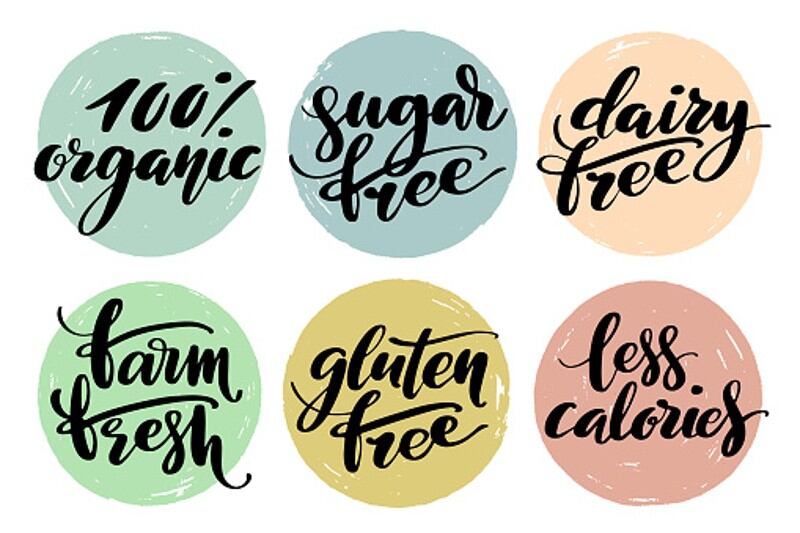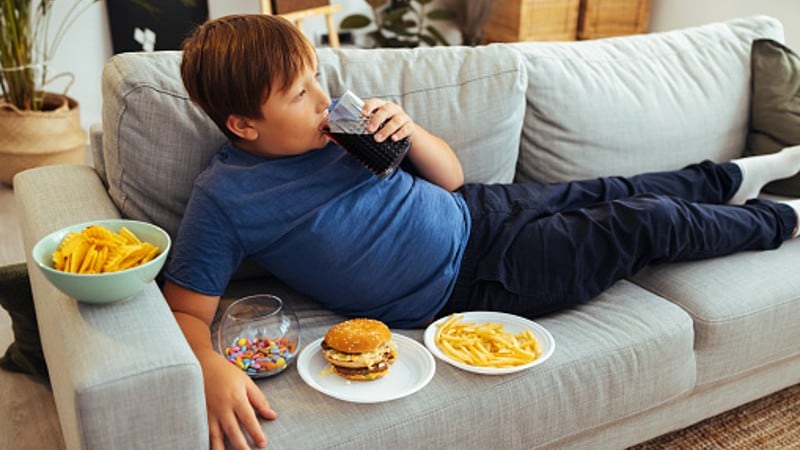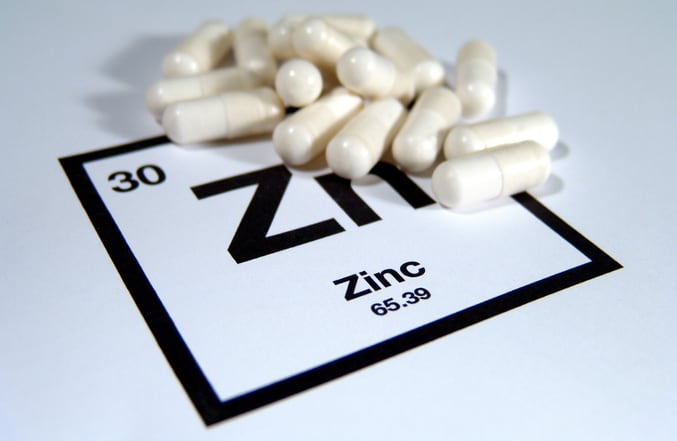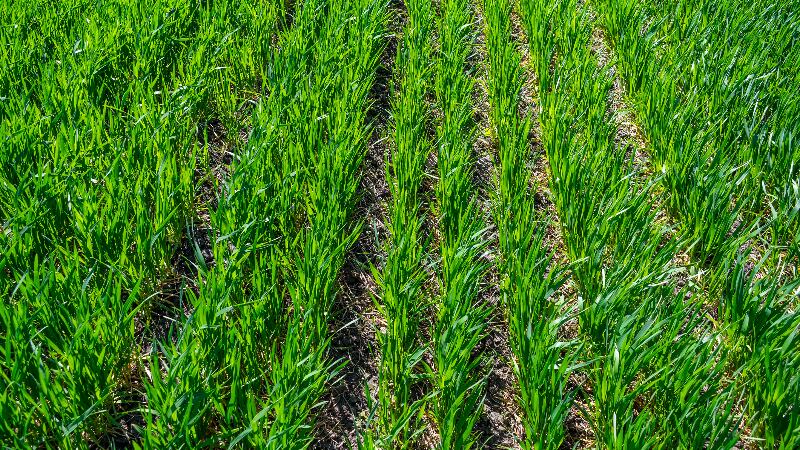The Taiwan Food and Drug Administration (FDA) has been attempting to tighten nutritional labelling regulations for packaged food products in the market since 2021 in a bid to prevent ‘hidden’ or ‘implied messages about product benefits.
The Taiwan FDA has now published specific guidelines and questionnaires specifying how manufacturers are to word their nutrition claims on prepackaged food products.
“All claims made must quantify the calorie or nutrient content of the product in concern using units of weight (100g), volume (100ml), unit (1 piece) or per serving size,” the agency said via formal documentation.
“Nutrients that are meant for moderate intake to avoid adverse effects on public health such as saturated fats, cholesterol, sodium, sugar, excessive calories or lactose [can only be present in] the product according to specified amounts to make nutritional claims.
“Any claims of ‘-free’, ‘low-’, ‘less-’, ‘light-‘, ‘slight-‘ or any other related phrases will need to be below the specified amounts – so for instance, food products labelled as low-sodium, less-sodium and so on must contain 120mg or less of sodium per 120mg of solid/semi-solid product or 100ml or liquid product whereas a sodium-free label will need to have less than 5mg across the board.
“For all ‘less-‘ or ‘low-‘ claims, the limit for calories will be 40kcal/20kcal per 100g solid/100ml liquid; for sugars will be 5g/2.5g; for fats will be 3g/1.5g; for saturated fats will be 1.5g/0.75g, for cholesterol will be 20mg/10mg, and for lactose will be 2g across the board – requirements for ‘zero-‘ or ‘-free’ claims will be even more stringent.”
“Conversely, when it comes to nutrients meant for supplementary intake such as vitamins and minerals, any claims covering ‘high’, ‘rich in’, ‘strengthened with’, ‘excellent source of’ or any such related phrases will require the nutrient in concern to be present in not less than the specified amount per 100g or 100ml of food.”
Taiwan requires products to have a minimum of 12g protein/100g or 6g protein/100ml of food to make a ‘high protein’ claim, and a similar 6g/100g or 4g/100ml of dietary fibre to make an ‘excellent source of fibre’ claim.
The new regulations are considered to be effective immediately.
Quantifiable proof
Manufacturers are now not only banned from using language that implies additional benefits, but also no longer able to make comparative assertions without quantitative analysis to back these up.
“Any claims of ‘higher than’ or ‘lower than’ or similar assertions will now need to be quantitatively backed up,” the agency added.
“So for example to claim Product X is ‘lower in sugar than Product Y’ or anything similar, the sugar content of Product X will need to be lower than that in Product Y by a specified amount. This would be equivalent or more than the amount specified for making ‘low-sugar’ claims, which in this case would be 5g.
“The label will also need to specify the brand of ‘Product Y’ that Product X is claiming to be better than; and to numerically quantify the amount of sugar that is actually ‘reduced’ [by consuming Product X].”





